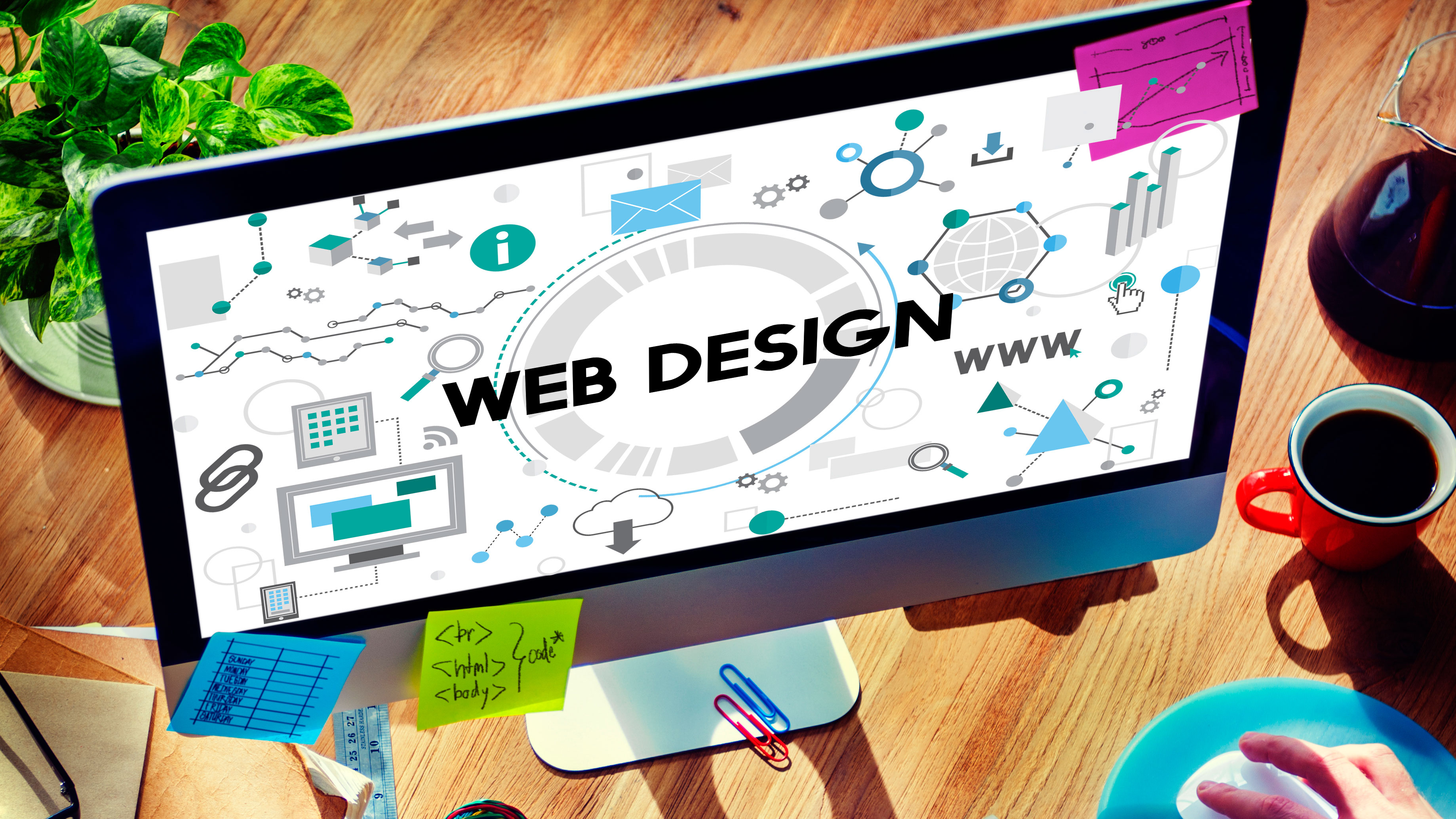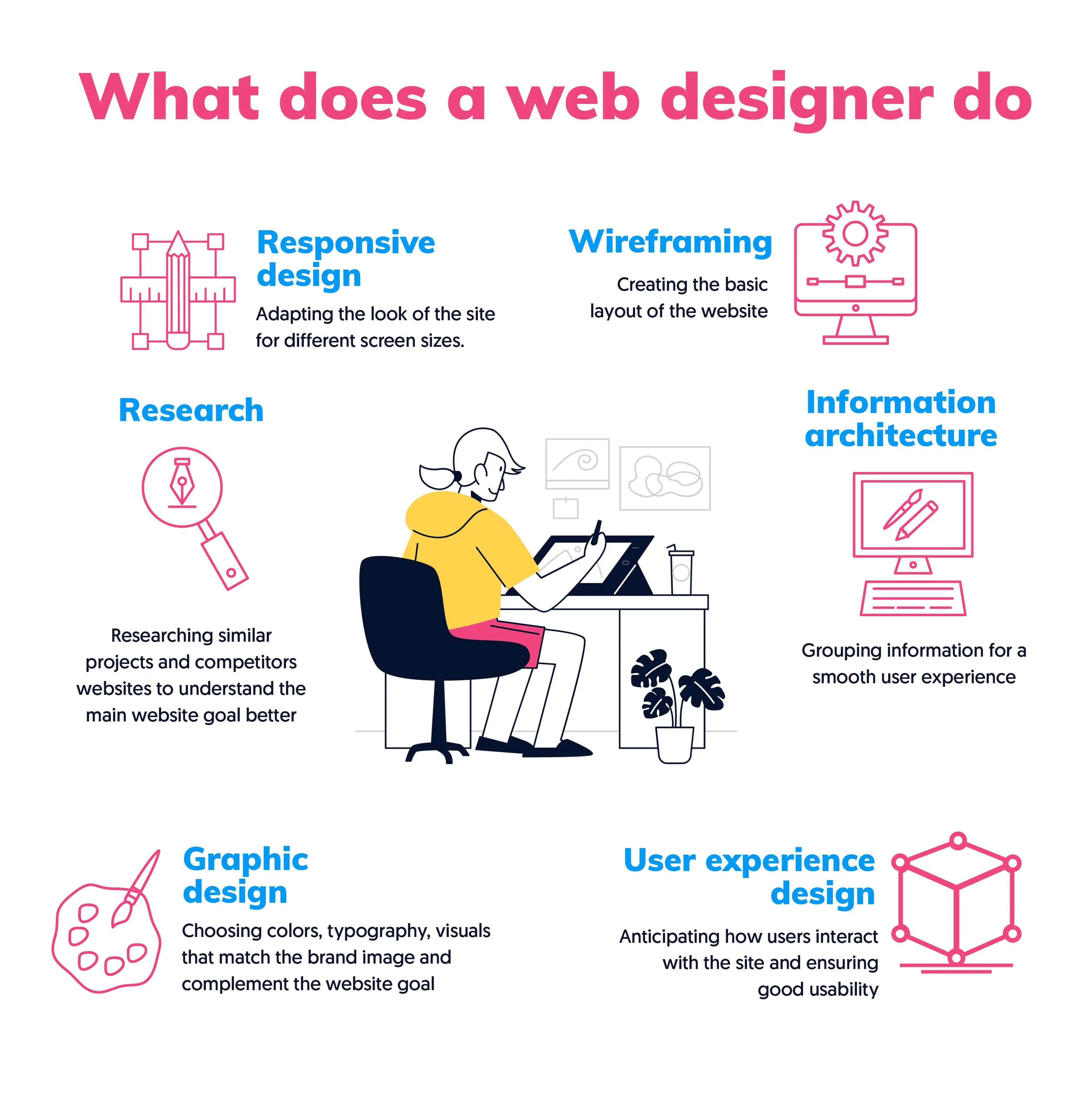Aligned Position Web Design: Professional Web Development to Maximize Your Online Impact
Aligned Position Web Design: Professional Web Development to Maximize Your Online Impact
Blog Article
The Very Best Types of Web Style to Boost User Experience and Interaction
In the ever-evolving landscape of digital interaction, the effectiveness of Web layout dramatically impacts user experience and interaction. Different style strategies, such as minimalist, responsive, and interactive formats, each offer one-of-a-kind advantages that can deal with varied individual requirements. Recognizing which sorts of website design finest offer these goals can be crucial for services intending to boost customer satisfaction and retention. The concern stays: which style aspects genuinely resonate with individuals and foster meaningful interaction? The exploration of these principles exposes crucial insights that may redefine your technique to Web style.
Minimal Web Design
As digital landscapes come to be progressively messy, minimalist Web style has become a powerful strategy to boosting user experience. This design ideology focuses on simplicity, concentrating on important elements while eliminating unnecessary distractions. By using enough white area, simple navigating, and a minimal color palette, minimalist layout fosters clarity and guides user attention to vital web content.
The core concept of minimal Web design is to create a smooth interaction for customers. By lowering cognitive lots, users can swiftly understand info without really feeling bewildered. This straight technique not only enhances functionality yet also encourages involvement, as site visitors are most likely to check out a site that is visually appealing and easy to navigate.
Additionally, minimal layout typically emphasizes typography and images, making use of these elements tactically to share messages effectively. This emphasis on essential elements can boost brand name identification and create a memorable customer experience. In essence, minimal Web style is not just a pattern; it is a thoughtful methodology that acknowledges the value of user-centered style. By removing away peripheral elements, developers can create a more appealing, reliable, and pleasurable Web experience for all customers.
Responsive Website Design
In today's diverse electronic environment, receptive website design has actually ended up being necessary for developing a smooth individual experience throughout a multitude of devices. As users access web sites on mobile phones, laptops, tablets, and desktops, the capacity of a site to adjust its design and content to various screen dimensions and resolutions is vital.
Receptive website design employs flexible grids, images, and CSS media questions to guarantee that Web material is offered optimally, no matter the tool made use of. This approach not just boosts the aesthetic charm of a website however additionally significantly boosts usability. Individuals are most likely to involve with a site that supplies a regular experience, as it gets rid of the frustration of having to focus or scroll excessively.
Furthermore, search engines, including Google, focus on mobile-friendly web sites in search positions. By taking on receptive layout, organizations can enhance their visibility and get to a broader audience. This approach additionally simplifies website maintenance, as a single version of the website can cater to all tools, decreasing the demand for multiple variations. In summary, receptive Web design is a fundamental practice that improves individual experience, interaction, and overall satisfaction.
Interactive Web Layout
Receptive website design prepares for boosting customer experience, however interactive website design takes this a step further by engaging users in a more dynamic means - Aligned Position Web Design. By integrating aspects such as computer animations, clickable prototypes, and real-time feedback, interactive website design captivates customers, attracting them right into a richer surfing experience
This strategy not only cultivates interaction but likewise urges individuals to discover material proactively instead than passively eating it. Methods such as gamification, where customers earn incentives for completing tasks, can significantly boost the time invested on a website and improve overall complete satisfaction. Furthermore, interactive attributes can simplify complex information, making it more pleasurable and absorbable.

Incorporating interactive layout aspects can additionally bring about higher conversion rates, as customers are more probable to engage with a website that actively involves them. Aligned Position Web Design. Ultimately, interactive Web style transforms user experiences into memorable trips, ensuring that site visitors return time and once again
Flat Layout
Characterized by its minimalistic technique, level style stresses simpleness and functionality, removing unneeded elements and focusing on crucial attributes. This design philosophy focuses on usability, ensuring that individuals can browse interfaces with ease and performance. By using a clean visual, go to website level layout removes the clutter frequently found in extra elaborate styles, thus boosting individual focus on web content and capability.
The trademark of flat style exists in its use vibrant shades, basic typography, and geometric shapes. These elements add to an aesthetically appealing user interface that is both modern and approachable. Additionally, flat design promotes a sense of clearness, permitting users to discern essential actions and details without interruption.
In addition, flat layout is particularly effective in responsive website design, as its simplicity translates well throughout various tools and screen sizes. The absence of intricate appearances and gradients reduces packing times, which is crucial for keeping user engagement. As electronic landscapes he said remain to progress, level layout continues to be a relevant option for producing straightforward websites that enhance total experience. By concentrating on crucial functions, level design not only meets user demands yet likewise encourages smooth interaction, making it an essential part of reliable Web design strategies.
Flexible Website Design
Flexible website design tailors the user experience by creating several dealt with designs customized to different screen sizes and gadgets. Unlike responsive design, which fluidly adjusts a single format, flexible design utilizes distinctive designs for details breakpoints, guaranteeing ideal discussion on different systems. This approach permits designers to concentrate on the special qualities of each tool, boosting use by providing specifically what users require based on their context.
One of the primary benefits of adaptive website design is its ability to maximize load times and efficiency. By offering customized content and photos that fit the customer's gadget, sites can reduce data usage and enhance loading rates. This is particularly beneficial for users with slower links or restricted information plans.

In addition, flexible style facilitates a more constant and controlled branding experience. Given that designers create several designs, they can guarantee that the aesthetic elements straighten with the brand's identity throughout various platforms - Aligned Position Web Design. This results in a natural customer experience, enhancing interaction and advertising user retention
Final Thought
To conclude, the integration of minimal, responsive, and interactive Web layout concepts substantially boosts user experience and interaction. Minimalist layout fosters quality see and emphasis, while receptive design makes sure versatility throughout different devices, promoting availability. Interactive layout mesmerizes users with vibrant elements, encouraging exploration and customization. Jointly, these layout approaches contribute to the creation of straightforward settings that not only boost complete satisfaction however also drive greater conversion rates, highlighting their essential relevance in contemporary website design strategies.
Minimal design cultivates quality and emphasis, while responsive style makes sure flexibility throughout numerous devices, advertising access. Collectively, these style comes close to add to the production of easy to use settings that not just improve complete satisfaction yet likewise drive greater conversion rates, highlighting their vital value in modern Web style techniques.
Report this page